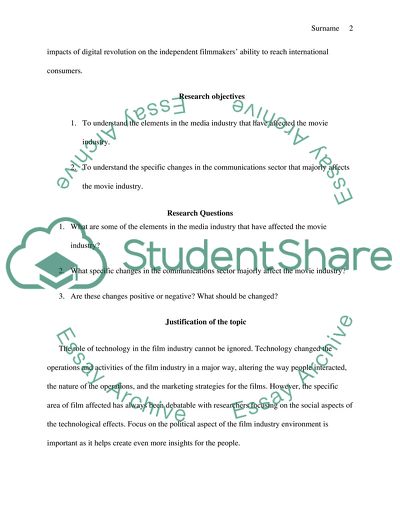Cite this document
(“The Impacts of Digital Technologies on the Political Economy of the Essay”, n.d.)
The Impacts of Digital Technologies on the Political Economy of the Essay. Retrieved from https://studentshare.org/journalism-communication/1683904-the-impacts-of-digital-technologies-on-the-political-economy-of-the-united-states-movie-industry
The Impacts of Digital Technologies on the Political Economy of the Essay. Retrieved from https://studentshare.org/journalism-communication/1683904-the-impacts-of-digital-technologies-on-the-political-economy-of-the-united-states-movie-industry
(The Impacts of Digital Technologies on the Political Economy of the Essay)
The Impacts of Digital Technologies on the Political Economy of the Essay. https://studentshare.org/journalism-communication/1683904-the-impacts-of-digital-technologies-on-the-political-economy-of-the-united-states-movie-industry.
The Impacts of Digital Technologies on the Political Economy of the Essay. https://studentshare.org/journalism-communication/1683904-the-impacts-of-digital-technologies-on-the-political-economy-of-the-united-states-movie-industry.
“The Impacts of Digital Technologies on the Political Economy of the Essay”, n.d. https://studentshare.org/journalism-communication/1683904-the-impacts-of-digital-technologies-on-the-political-economy-of-the-united-states-movie-industry.


